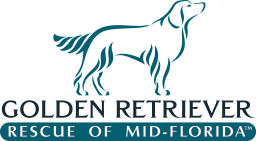Curious About Cross Breeds?
It began innocently enough.
In 1989, Australian Wally Conron, who worked for a guide dogs association, crossed a Labrador Retriever with a standard, non-shedding poodle to serve as a guide dog for a blind woman whose husband was allergic to dogs. Out of a litter of three, only ONE didn’t trigger his allergies, and it was a match!
Enter the Labradoodle, “a dog with the working ability of the Labrador and the coat of the poodle”, explained Conron in candid interviews three decades after breeding the first supposedly hypoallergenic dog. He also admitted that it was his “life’s regret. I opened a Pandora’s box and released a Frankenstein’s monster.”
Why? It led the way for “unethical, ruthless people (so-called backyard breeders) to cross any kind of a dog with a poodle and sell them for big bucks” without considering their health and the health of their offspring. “There are so many poodle crosses having fits, problems with their eyes, hips, and elbows, and a lot have epilepsy.”
In fact, Labradoodles are predisposed to health issues common to both Labrador Retrievers and poodles that include hip and elbow dysplasia, progressive retinal atrophy, and von Willebrand’s disease (a bleeding disorder). And Goldendoodles (the result of crossing a Golden Retriever and a poodle) can develop health problems common to both Golden Retrievers and poodles that include hip dysplasia, sebaceous adenitis (a skin disease), subvalvular aortic stenosis (a heart condition), Addison’s disease (a pituitary gland problem), and eye diseases such as progressive retinal atrophy, cataracts and glaucoma. Certain allergies (such as food allergies) are becoming more commonplace in them as well.
Since both Labradoodles and Goldendoodles are hybrids as opposed to purebreds, their behavioral characteristics (some are untrainable) and physical appearance can be quite unpredictable. Even their coats may vary from wiry to soft, and may be curly, wavy or straight. Many of them shed, although they shed less and with less of a “doggy” odor, but most importantly, there’s no guarantee that they’ll be truly hypoallergenic – the sole reason for crossbreeding them in the first place.
